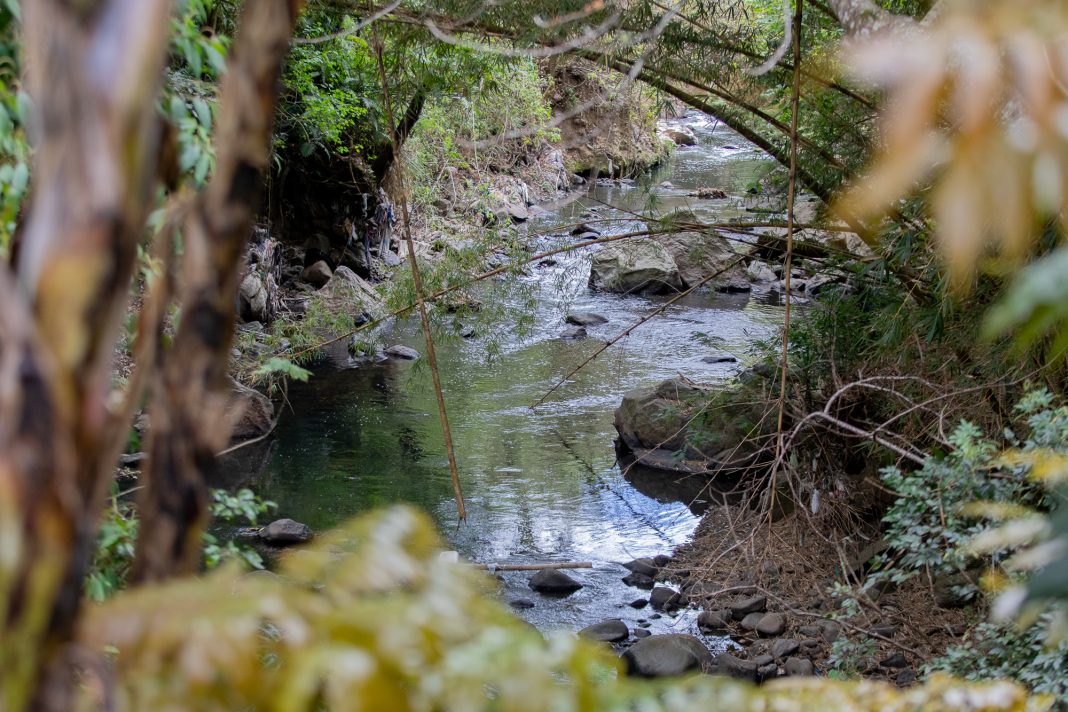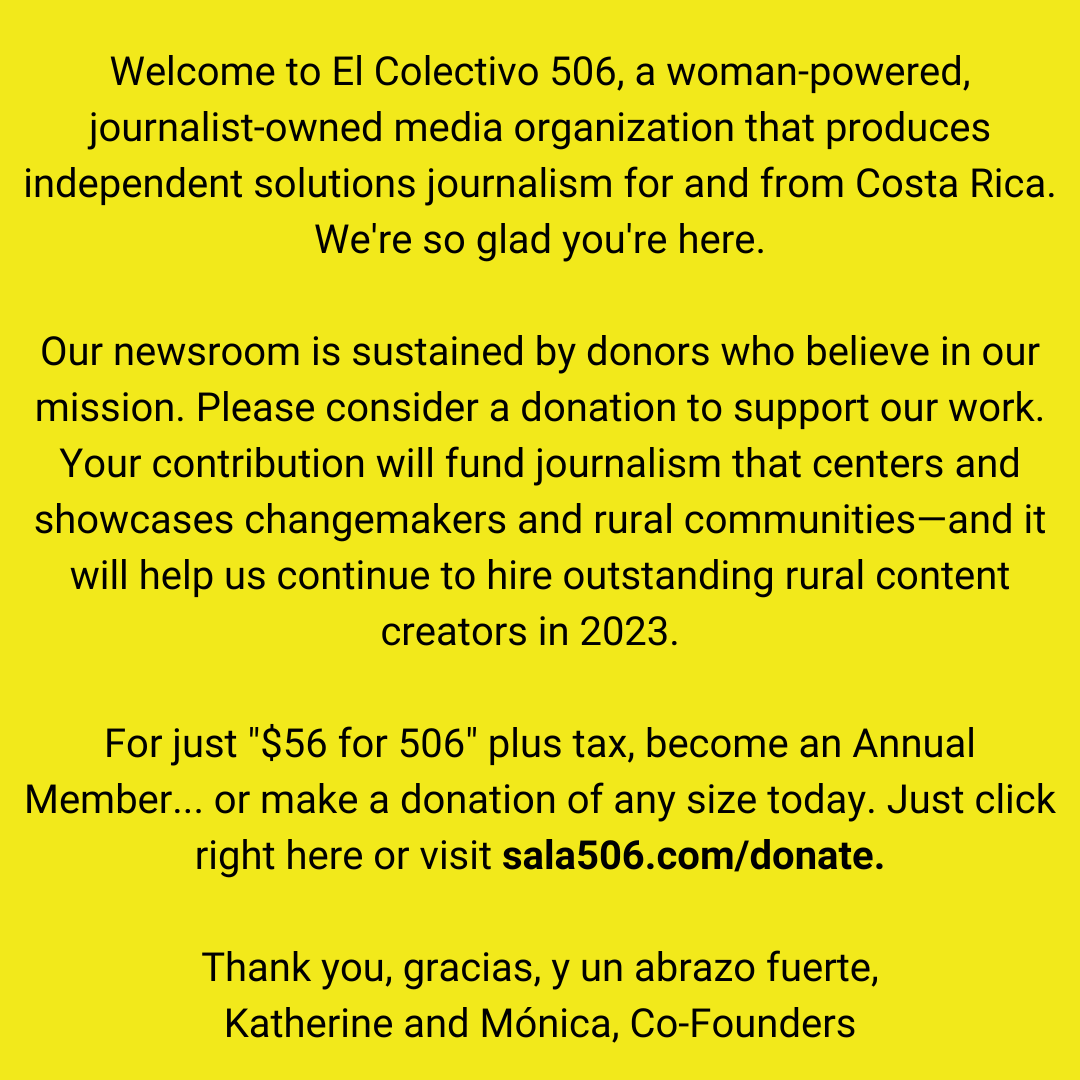“Yum!” says my daughter, tasting the juicy fruit of a bright-red coffee cherry.
My husband, his feet covered in loose dirt baked by the summer sun, is busy uncovering a green coffee bean inside another fruit so he better explain to her how it will become a dark, toasted bean. Like any Costa Rican over a certain age, he loves to explain how coffee is produced.
Next to them, I’m still and silent. The ground drops away before us into a deep ravine; from its base, trees that are three, four, five stories high soar skywards, so that we’re looking forwards and down at the forest canopy. We have climbed less than a couple hundred meters from a paved city street that, in just a few minutes more, would take us to international fast-food chains, fancy boutiques, even big-box stores and highways—yet here I am, feeling the same sense of awe that has struck me dumb in the forests of Monteverde or the heights of Irazú.
Such is the power of Costa Rica’s urban rivers. There’s nothing like them: their neglected beauty, their pollution by trash and waste, their potential to change a deeply problematic city.
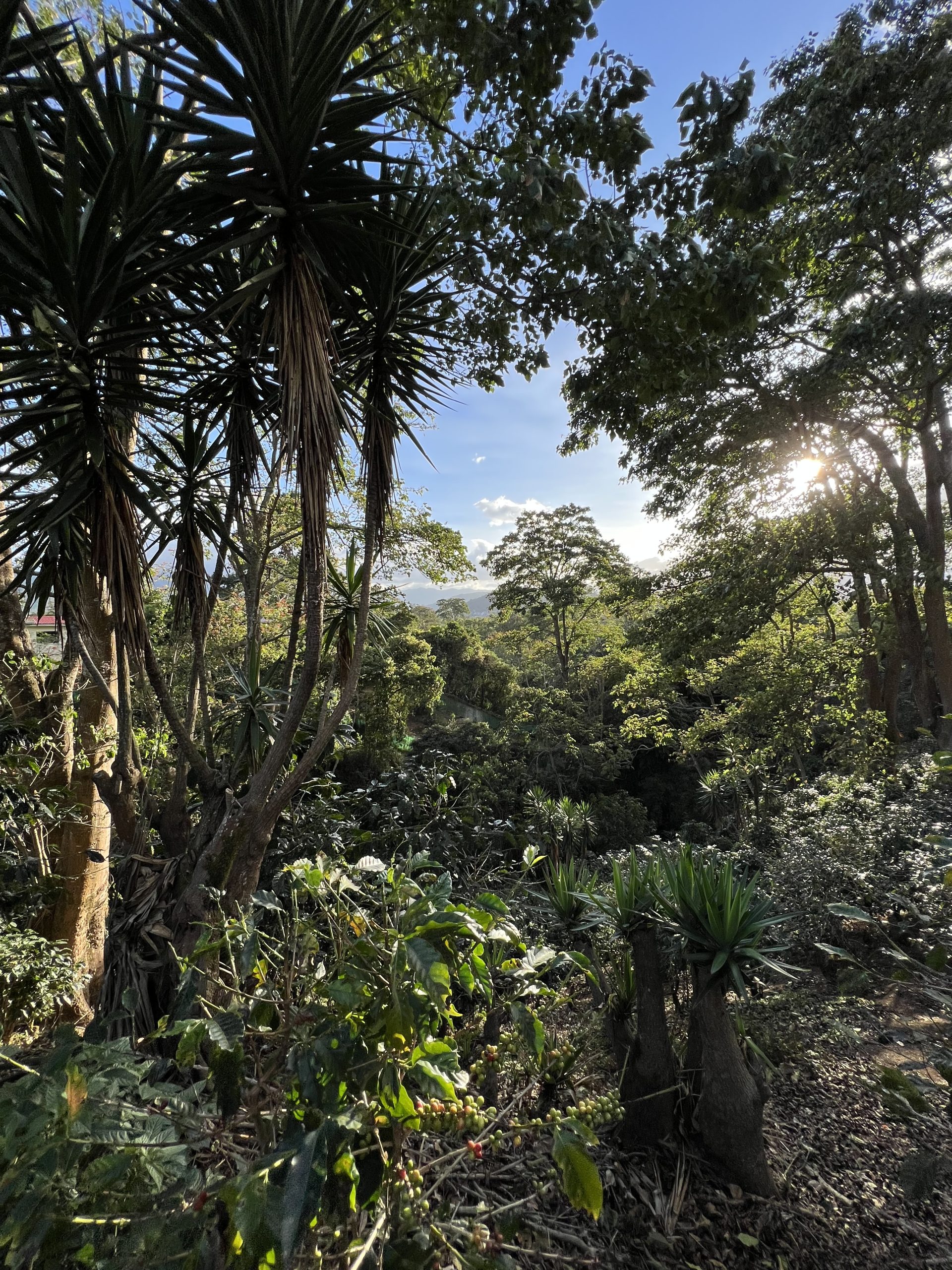
Torres and Damas, María Aguilar and Tiribí and Pirro, little creeks like the Pío Pío. Rivers and tributaries and streams. In San José, our waterways are everywhere, and they keep us in line—as best they can. All around them, the pace of development is dizzying, but the city’s topography serves as a powerful brake. Where I live, to the east of the city center, coffee fields and forest are being razed quite literally left and right. Towers, malls, and subdivisions are springing up and roads are being widened and shifted. If not for the rivers, the forests of the Central Valley might be lost altogether.
But the rivers are stubborn. They can’t be clear-cut or paved over. They wind throughout our infrastructure, adding to San José’s traffic chaos by obliging our cramped roads to curve this way and that. They flood where we haven’t left them enough room. Their steep banks prevent development, although they’re often home to substandard and illegal housing.
They also keep us honest. They can’t lie about the pollution to which we subject them. When my daughter and I explore the rivers near our home, we see birds swooping and lush vegetation —and trash, swirling past or clinging to the banks. It reminds us of the trash we’ve seen and collected at faraway beaches. Our rivers and the trash they carry tell the story of urban Costa Rica’s disregard for our coasts, another price we force our rural areas to pay for us.
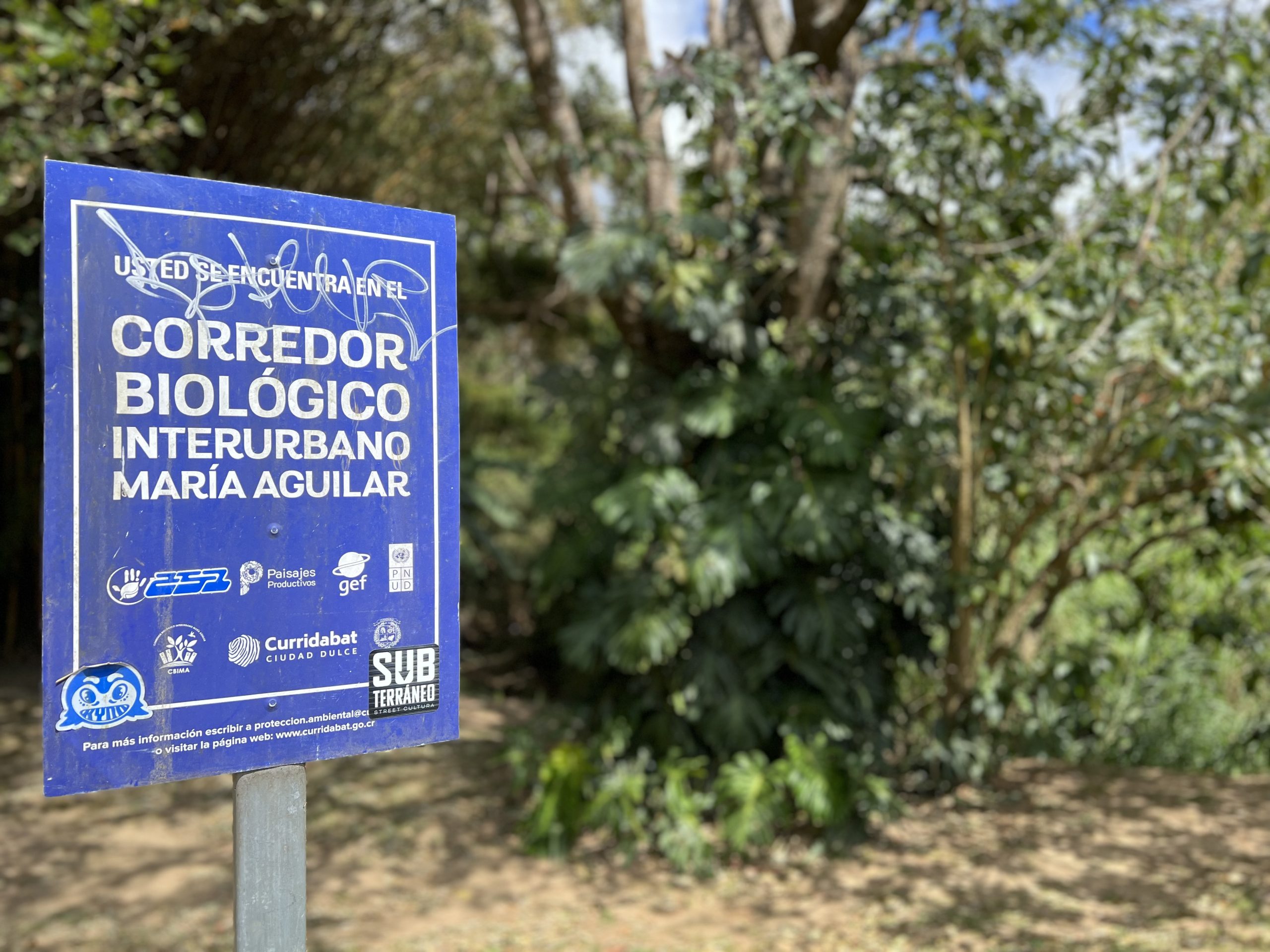
There’s another story there as well: the story of a lost cultural touchstone. A lost way of life, even. Throughout our February edition, “Start at the River,” we will examine the challenges facing our rivers and their potential to drive positive change, should we manage to rescue and revalue them. But beyond those massive issues, we also want to learn more about what Costa Rica’s rivers have meant to Costa Rica on a personal and cultural level.
Historical accounts of San José life show that the pollution of our rivers has not only posed environmental challenges, but also changed the life of our society in a fundamental way. Waterways were once at the heart of the city’s life. A government publication in 1912 described activity in the María Aguilar this way: “From one spot to the next, groups of washer-women spend long hours here—some on the banks with their washing, some in the river with the water up to their knees; groups of children swim in the water, and there are fishermen, sometimes; domestic geese and ducks diving into the water; these all contribute to the constant movement of the landscape which reflects our peaceful country life.”
As the standard of living increased and washing moved out of the rivers, their recreational importance remained—for a time. Last year, a team at the Universidad Nacional published a research paper focused on the Ocloro, a tributary of the María Aguilar. Based on interviews with residents of nearby Barrio Luján, it paints a sad portrait of a river that was once a source of positive memories that has now become pain point for the neighborhood: flooding, pollution, smells. The reflections of residents of others about the river in the mid-20th century “describe it as a river of crystal waters where you could see colorful fish and where recreational activities took place… doña Ana says, ‘If you fell in the river, it wasn’t a problem. Now, you’d have to go to the hospital to get a tetanus shot. You’d almost certainly be infected because of the degree of pollution.’”
Today, rivers are a paradise all but lost for Costa Rica’s urban children. I’m a resident of one of San José’s Inter-Urban Biological Corridors, and delight in having the sound of rushing water in my ears as I move through each day. Even after 18 years, it still seems so new to me. I’m a foreigner not just to Costa Rica, but also to this landscape—this experience of city life that’s constantly cross-cut and shaped by rivers and streams. I come from flat places, and think the city’s marvelous topography is far under-celebrated. As a mother, I believe that for the situation to improve, parents need to tell our children about what once was, and what could be again.
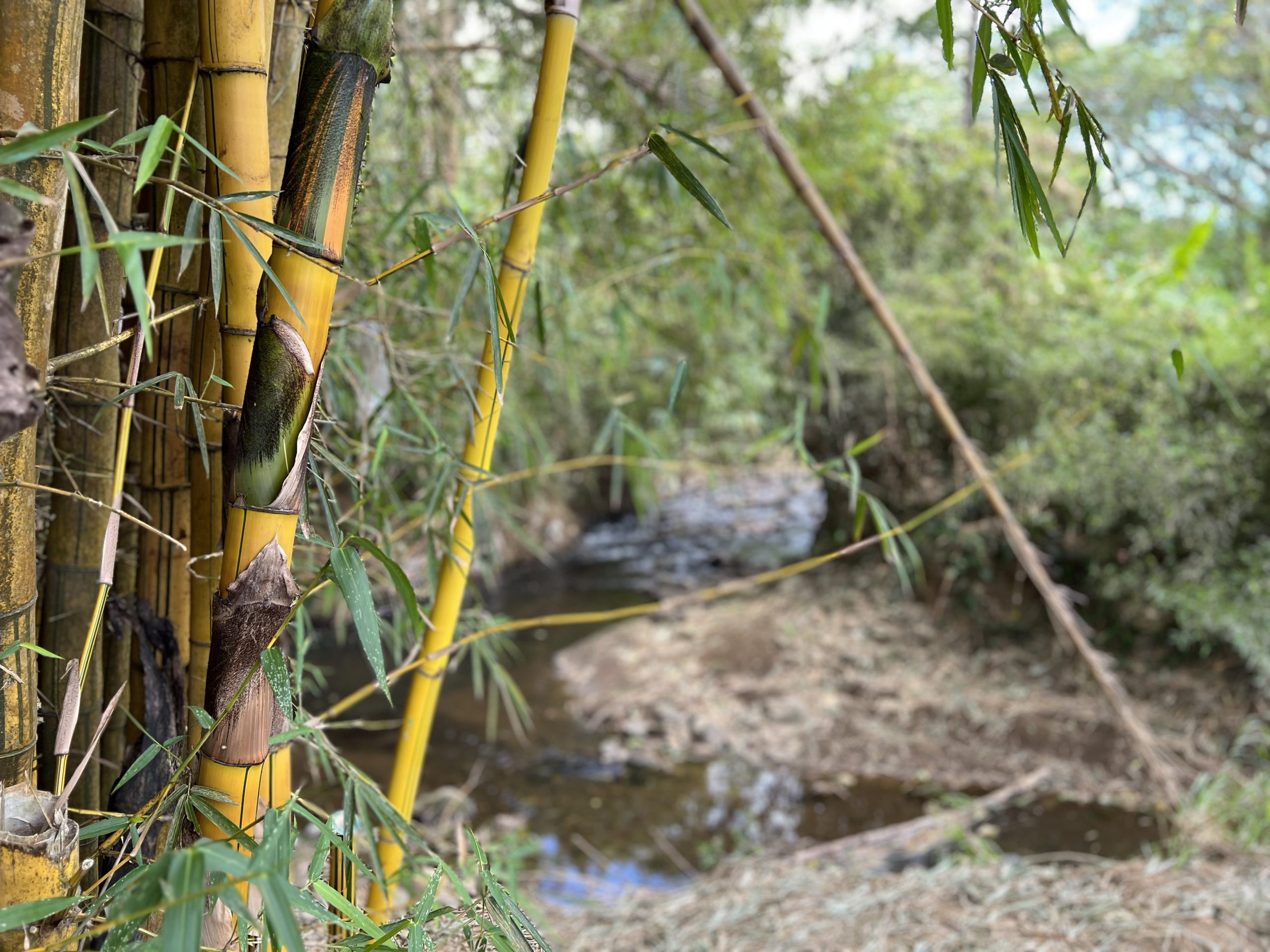
Do you live near one of San José’s—or Costa Rica’s—urban rivers? Do you have a story or a photo to share about the time you’ve spent on its banks, whether nowadays or long ago? Do you, like the changemakers we’ll be featuring this month, have a vision for what could be done to save these green spaces and make them healthy again?
Please let us know, at [email protected] or via WhatsApp at 8506-1506. We’re hoping that what we share will inspire more and more of us to pay more frequent visits to our rivers, to listen to them more carefully. They tell us what’s been lost, but they also remind us there’s still time for change.


